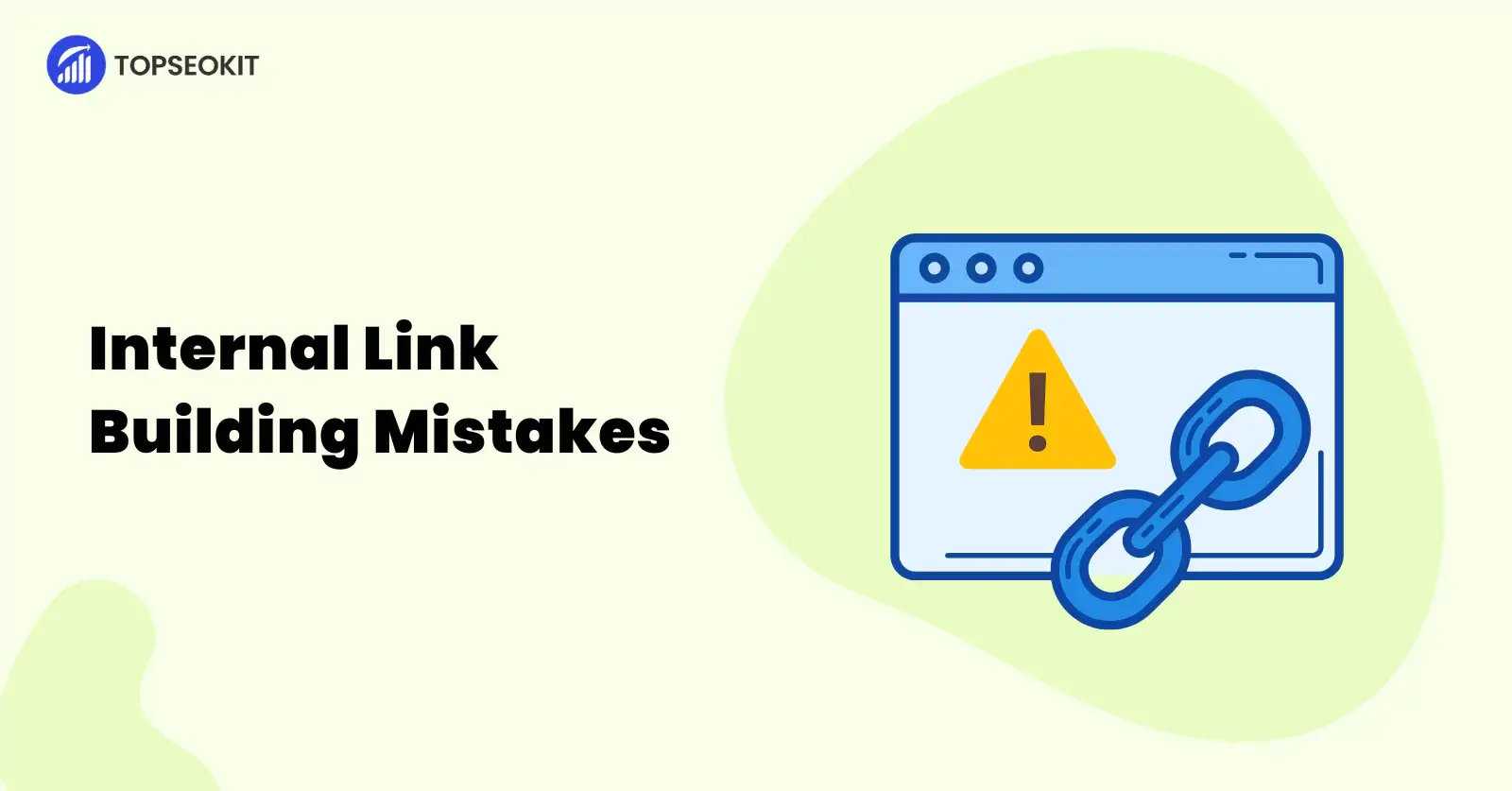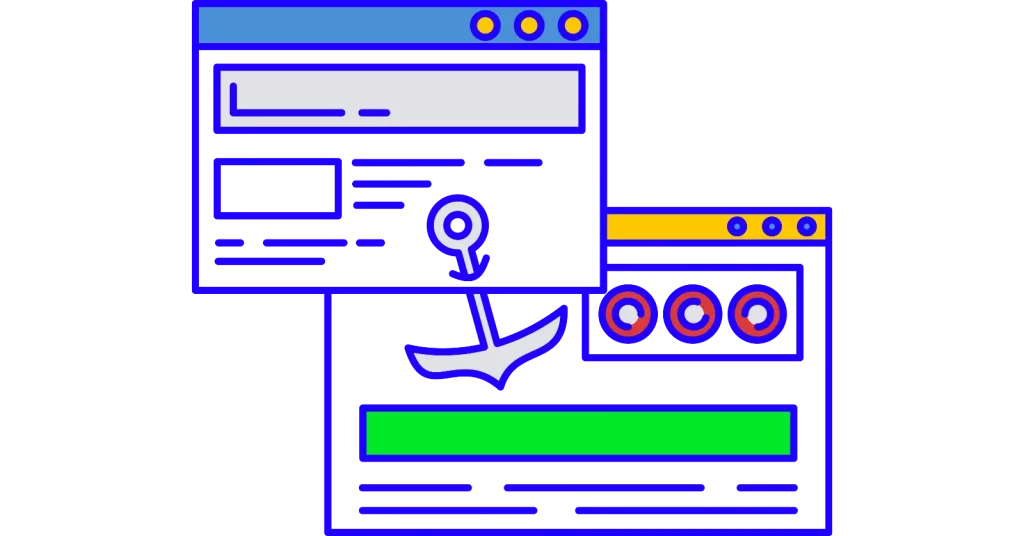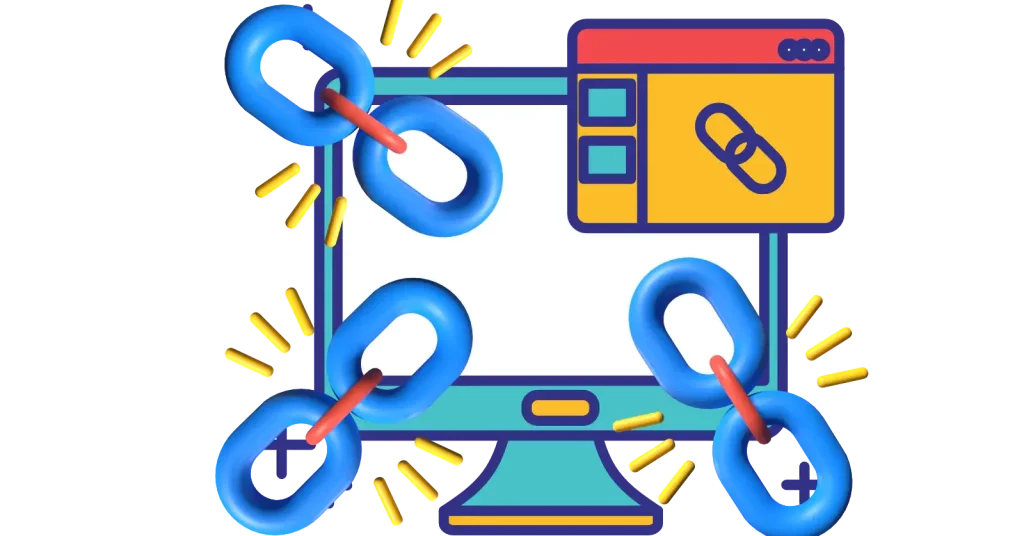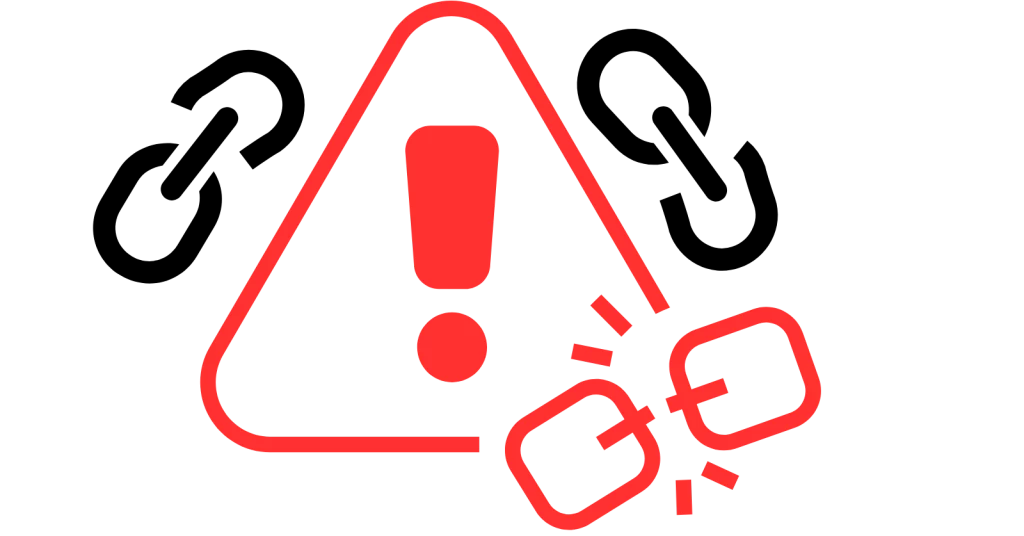
Avoid Common Internal Link-Building Mistakes | Improve SEO
When building internal links on your website, avoid common mistakes such as using generic anchor text, creating too many links, and linking to irrelevant pages. Focus on relevance and user experience.
For SEO opportunities, internal link building is considered a goldmine. Because several important factors like views, crawls, and the website’s rank depend on it. The way you optimize your site will decide the performance of your site. And you might have made Common Internal Link-Building Mistakes.
These common internal link-building mistakes may seem smaller to you, but if you continue them, they will surely harm your website and SEO. So you must know what those mistakes are and how to avoid them. We will also tell you how to improve your website.
Common Internal Link-Building Mistakes:
You must avoid the following mistakes to increase your rank and expand your domain authority. Those mistakes are:
Using Over-Optimizing Anchor Texts:
When we talk about anchor text, both internal and external links in SEO are similarly valuable. The way Google sees and categorizes links on these linked pages plays a large part in it.

Hence the over-optimized anchor text is the first common mistake that keeps your page from slowing down. When you want your page to rank as the exact term in the SERPs this mistake is the easiest one to happen.
However, in case of overdoing it, this becomes more harmful than making any benefit. That is why make sure to decrease the over-optimizing. Still, Google is smart enough to pick the spasm through all the internal links.
Extra Links:
Many web owners, even business experts, need to correct this and add many links to their pages. This will attract their page with relevant pages and attach your page with them. However, there is a lot more disadvantage to adding too many links to your page.

This will let your page lose its rank in the SERPs and make your content end up in a spam. Too many links mean you will get a lesser rank because the page rank will be divided between all the links equally.
Not Enough Links:
While building links keeps everything. If your page requires more links, your website can take advantage of this critical opportunity. Always make sure to plan the structure of the internal link before applying. It is also best to improve the crawl budget. Having enough links means Google will now get directed to the most significant pages.
Make Your Page An Orphan Page:
Pages that don’t have any links are considered orphan pages. In the search engine, you can’t easily find these Orphan-pages. This is the reason why these pages aren’t crawled between people. You will discover many orphan pages on the internet that are asked to be revised.
Pages that do not have existing content but are tagged, old blogs, older products, and old service pages are called orphan pages.
Exact Anchor Text But On Different Pages:
In the case of having two similar pages, it doesn’t matter if those pages are blogs, service pages, or descriptions of the same products. The target keyword is identical also. At the time of keyword cannibalization of internal linking, you should be extra careful.
Consider Broken Links:

If your website has a broken link, fix it immediately. Your website will be considered high quality if you set it in time. Apart from that, this may also cause damage to the link equity flow through your website’s every single page.
There are many reasons for a broken link. These reasons may include in case of deleting a page or blog, but you need to remember to delete the link, otherwise it is left behind without any destination. Another reason can be changing the URL without proper redirect or putting the wrong URL.
Making Your Site Bloat:
In SEO, bloating refers to adding an optional page on your website. Most websites leave two extra pages.
But it will be more problematic for those posting regular content like blogs on their website. Bloating your website will lead to link equity distribution throughout the site, or, in other words, your crawl budget will be well-spent.
How To Avoid Common Internal Link-Building Mistakes?
Here is the solution to every mistake given above. You can follow the key to get a fantastic profitable website.
- Try to use the exact phrase for all the particular URL links.
- Always check your internal linking methods. Try to minimize the links on your page. A maximum of 100 links per page will be enough.
- Primarily SEO recommends the Silo structure for internal linking structure. The silo structure will let you send equal links to a core landing page of your website using an external source. Generally, a silo structure is responsible for categories between sub-categories and main pages. Hence your website will have a perfect page rank.
- Make sure your page turns into an orphan page. Always check that the pages are still helpful for the users; if they need to be more beneficial, we can remove them from your website.
- If you aim to make your specific page rank a particular keyword, never link your anchor text to match with anyone else style. Because for the term, these pages are ranked with linked pages by Google. And your page will end up splitting value.
- You can easily find your broken links using various tools. After finding all the broken links, you will try to fix them manually and then link them with an alternate page. Or, in another way, you can fix them through relevant, correct redirect code. This will equally distribute your links or arrange them in proper working order.
- There are various tools available to fight bloat. These tools work by getting a record of your website pages. Through this, you can reach the pages which are the reason for bloating. If you have an extensive blog post with tag pages, move towards alternate pages causing link Equity. You can also use the reboot text.
Types Of Internal Linking:
There are four main types of internal linking:
- Contextual links
Links shared as the context of blog and web.
- Navigational links
Navigational Links are created in a navigational bar to make it easier for your site visitors to move from page to page.
- Footer links
These footer Links in the footer section or the boilerplate links are considered footer links.
- Image links
Links are provided under the visuals.
FAQs:
There is no specific set of numbers, but after every 2000 words, 5-10 internal links are preferable.
Doing too much internal linking will affect the rank of your page and will make it look spammy.
Paying attention to anchor text, balancing the distribution of links, and using navigation will improve internal linking.
If you add more than 100 links on a single page, it will be considered excessive.
Conclusion:
It is possible to avoid common internal link-building mistakes. You can enhance your website by correcting your web mistakes. You can disseminate link equity to improve your website and guide the Google bots toward your website.
This will increase your rank. There are different types of internal linking. Make sure to know about using each internal link. To make your website easier for your visitors.
Also Discover:
Let’s dive in! Get started for free
